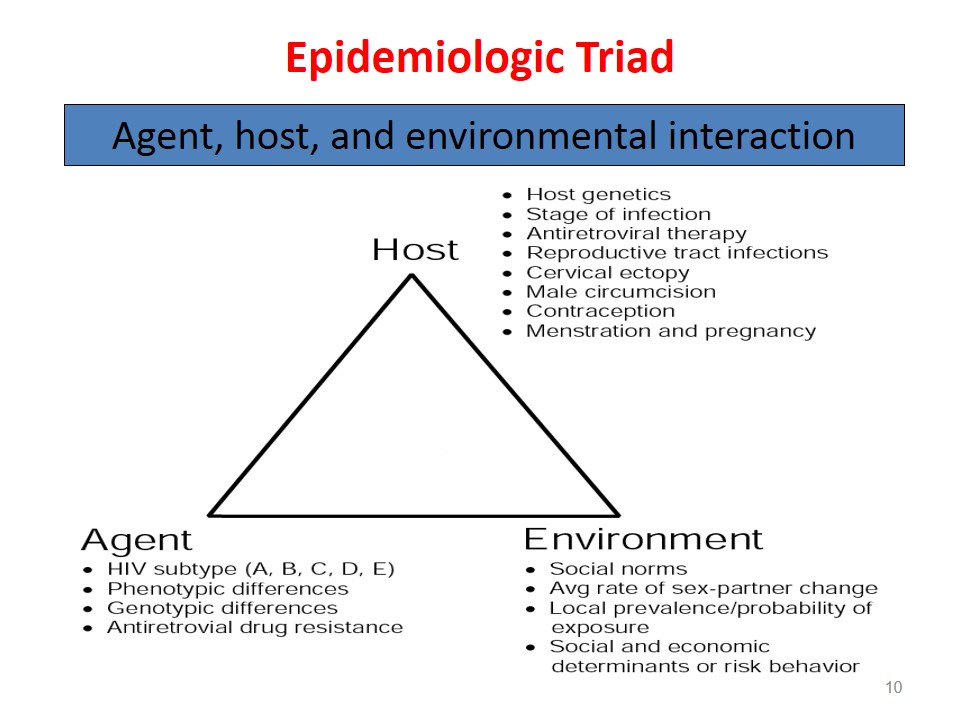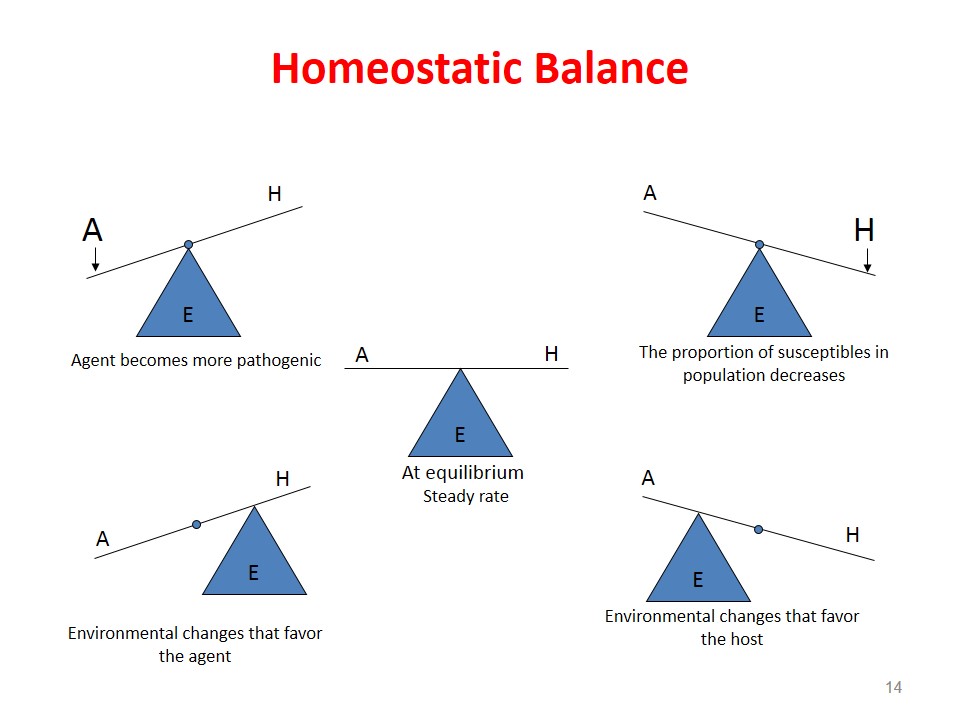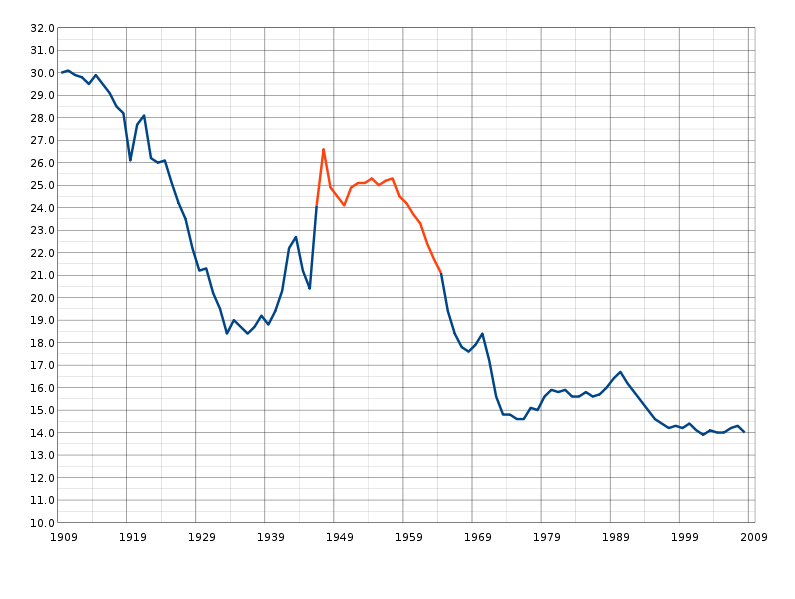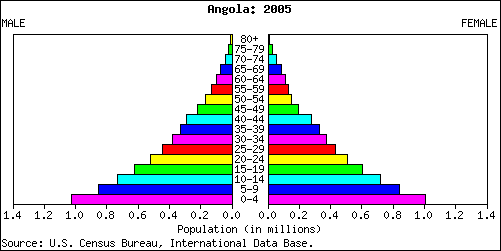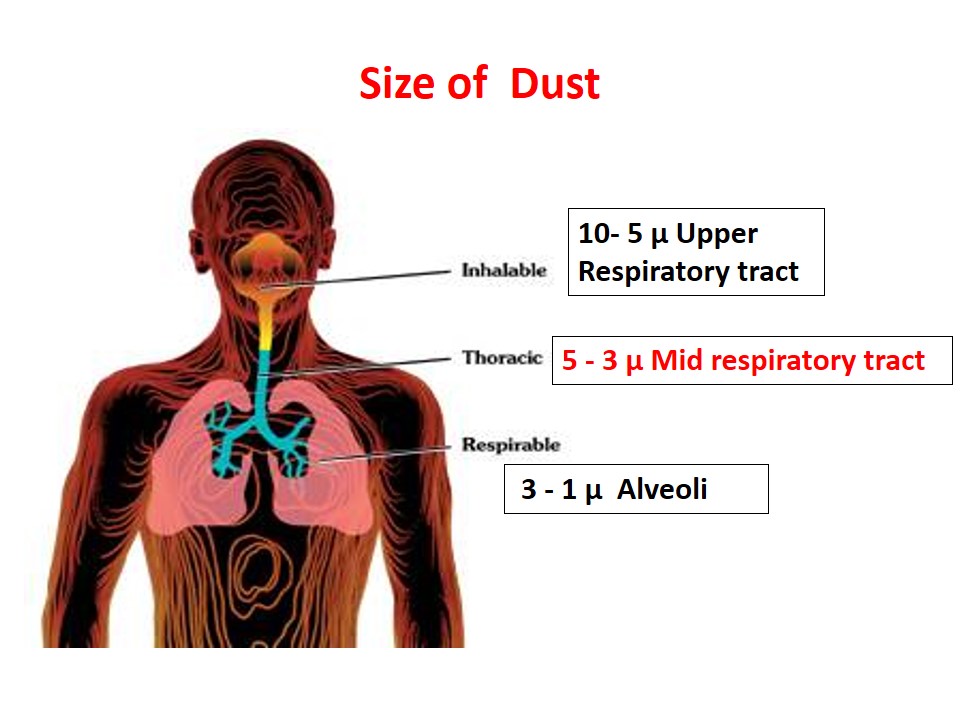According to Rothman:
Any event, act, or condition preceding disease or illness without which disease would not have occurred or would have occurred at a later time is known as cause.
Disease results from the cumulative effects of multiple causes acting together (causal interaction)
Types of Causes
• Necessary cause: found in all cases
• Contributing cause: needed in some cases
• Sufficient cause: the constellation of necessary & contributing causes that make disease inevitable in an individual
A given disease can have multiple sufficient mechanisms
Causal Complement (Causal Pie)
Causal complement is the set of factors that completes a sufficient causal mechanism.
Example: Tuberculosis
– Necessary agent: Mycobacterium tuberculosis
– Causal complement: “Susceptibility”
Epidemiological Iceberg & Spectrum of Illness
When looking for population occurrence, only the tip of the iceberg is visible.
Example: “Dog bite” iceberg
– 3.73 million dog bites annually
– 451,000 medically treated
– 334,000 emergency room visits
– 13,360 hospitalizations
– 20 deaths
Spectrum of illness
Most diseases demonstrate a range of manifestations and severity.
Example: Polio
– 95%: sub clinical
– 4%: flu-like
– 1%: paralysis
Types of Agents
Agents may be:
1. Biological
Helminths, Protozoans, Fungi, Bacteria, Rickettsia, Viruses, Prion
2. Chemical
Foods, poisons, drugs, allergens
3. Physical
Heat, light, radiation, noise, vibration, objects
Types of Host Factors
• Physiological
• Anatomical
• Genetic
• Behavioral
• Occupational
• Constitutional
• Cultural
• etc!
Types of Environmental Factors
• Physical, chemical, biological
• Social, political, economic
• Population density
• Cultural
Environmental factors that affect presence and levels of agents
Descriptive Epidemiology
Descriptive epidemiology encompasses exploration of rates by
• person variables
• place variables
• time variables
“Rate”
Loosely, the “rate” of an event is the number of events divided by population size
Rates Expressed with Population Multiplier
• Let m = population multiplier
• Simply multiply by m and say “per m”
Example 1: The rate of .00933 expressed “per 1000” is .00933 × 1000
= 9.33 per 1000
Example 2: The rate of .00933 expressed “per 100,000” is .00933 × 100,000
= 933 per 100,000
Person Variables
Characteristics, attributes, and behaviors of individuals
Example of person variable: Recreational injuries per 1000 person-years by age and gender
Place Variables
Where people live and work
Example: Age-adjusted breast cancer mortality in 23 countries, 1958–59
Time Variables
Example: Epidemic curves
(A) Sporadic
(B) Endemic
(C) Point epidemic
(D) Propagating epidemic
Induction
Sophisticated view of “incubation” is needed when considering multicausality.
Induction is the time between causal action to initiation
Latency is time between disease initiation to detection
Empirical induction period = induction + latency
 howMed Know Yourself
howMed Know Yourself
